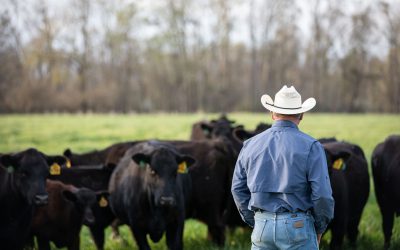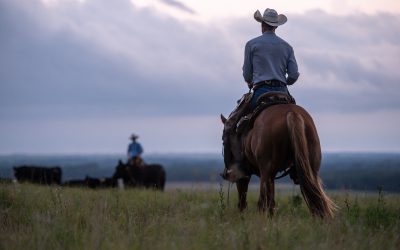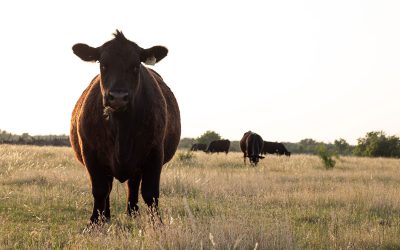
Three ways to learn about what you produce
February 28, 2011
Mythbuster Monday says where there is a will, there is a way
A few years ago I wrote a story on the value-discovery programs put on by Extension and breed associations across the United States. At that time I found 22 futurities or feedouts, and I’m sure there were others.
I dedicate this edition of Mythbuster Monday to all the hard-working folks who manage those programs.
It’s the last day in February and the last day I’ll bring you a myth from my time in Denver last month. In a casual, elevator conversation with a cow-calf producer he mentioned that it was too bad that he had no way to know how good (or bad) his calves are as fed steers and heifers. He does all his homework picking bulls and caring for the cows and after the critters leave the salebarn, the only thing he knows is how they sold there.
That’s sort of like building a house and never getting to live in it, or teaching your child all the lines to the school play without watching the performance. It’s like planting your crops and, okay, okay—you get the idea. Nobody likes to work hard toward an end without getting to see the final results. If you fall into that camp, this post is for you.
Myth—Producers who sell their calves at weaning or shortly after have no way to know how they did on feed or on the rail.
Fact—It’s not necessarily easy, but if you’re in production agriculture, you’re probably not one to take the easy route anyway. Here are three ideas for finding out more about your calves:
- Participate in one of those local value-discovery programs mentioned above. Most of them have delivery requirements (like weaning and health protocols) and a limit on number of head,but you can sample various calves from your herd over a few years to learn more. You’ll get the chance to co-mingle your calves with other consigners to make a full lot and get the idea of feeding cattle. Performance and grading information is returned and you can use that as a benchmark for the future. Check with your local Extension office or see the list we compiled a couple years ago.
- Find out who bought your calves and see if they’d be willing to share some data with you. “Fat chance,” you might think, but there are surprisingly more and more feeders who do that. Take Beller Corporation, Lindsay, Neb., for example.
Brothers Dennis, Doug and Duane want more high-quality cattle to feed. They figure the best way to create supply is to arm producers with information so they can make better decisions.
Hey, it never hurts to ask, does it?
- Take the plunge and retain partial ownership through the feeding phase. There are many different partnership options that give you a chance to learn about the fate of your cattle without bearing all the risk. Certified Angus Beef LLC (CAB)-licensed feedlots work more closely with the brand and are committed to quality, so if you’re looking for a place to start your search, check them out.
If you do any combination of these three, I guarantee it won’t be as easy as parting ways at the sale barn. But I’m willing to wager that the education will be worth the effort, as you create your own guide to adding value to your cattle.
Already done it? Give me a shout and tell me what you found out. Got any other tips for others starting this journey? Don’t be shy!
May your bottom line be filled with black ink,
Miranda
You may also like
Progress from small steps
Every day is a chance to learn and get better. Thousands of others like my new friends in Alabama are taking steps to meet the shifts in consumer demand, and to know more. Small steps in the right direction can start now. Even if it’s just recording a snapshot of where you are today, a benchmark for tomorrow.
Not perfect, but working to get better
The CAB Cattleman Connection team heard its name called more than once in the virtual ceremonies, and each time came a sense of personal accomplishment, but even better: confirmation that we’re getting better at our craft. I hope that means we’re doing a better job for you.
Beefed up findings
Frank Mitloehner presents his findings on the animal ag sector’s impact on global warming. He explains how cattle counterbalance other fossil fuel sectors, proving that cattle are a solution and not a threat.



